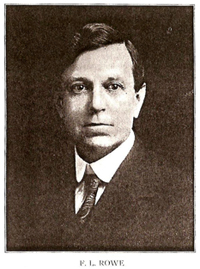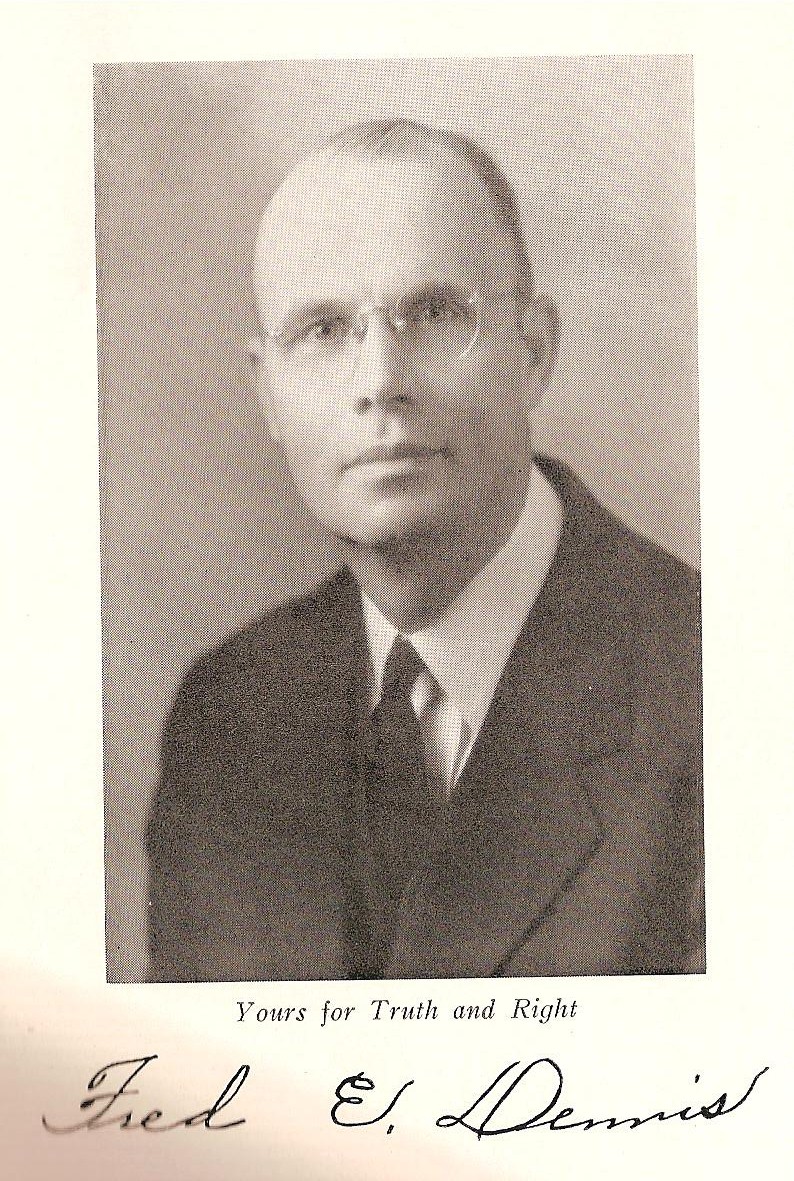Restoration History of the Ohio Valley
Bruce's Beat
5-2-2015
The upper Ohio Valley was a cradle for the American Restoration movement. It bears witness to the triumph of the message that spread “like fire in dry stubble” across the regions of Ohio, West Virginia, western Pennsylvania and central Kentucky. But the Valley also testifies to the sad tragedy of division within the Restoration ranks.
Important early sites in the Restoration Movement are found here: Washington, Pennsylvania, where Thomas Campbell first published his Declaration and Address in 1809; Brush Run, Pennsylvania, where Thomas and Alexander Campbell organized the Brush Run Church after their break with Presbyterianism; Mt. Pleasant, Ohio scene of Campbell’s first debate on infant baptism in 1820. Foremost among these sites is Bethany, West Virginia, home to Alexander Campbell. Students are able to see his home and its furnishings, along with his octagonal study, the cemetery known as “God’s acre,” the church building at Bethany, and Bethany College with its library, housing many of Campbell’s books.

The Restoration message was forged in the studies and writings of the men of the movement. First among these was Barton W. Stone at Cane Ridge, Kentucky. This pioneer, who penned the Last Will and Testament of the Springfield Presbytery, cleared the way for the success of those who would follow. Thomas and Alexander Campbell, leaving the religious views of their forbears, blazed a trail to return to New Testament Christianity. Their plea was promoted in the preaching of the “Voice of the Golden Oracle,” Walter Scott and numerous others. It was advanced in the crucible of debate. It was disseminated in wide spread fashion through the use of the printed page like Campbell’s Christian Baptist and Millennial Harbinger. Joined with Stone’s Christian Messenger, these publications left a lasting legacy of the ardent desire to unite Christians through restoration.
Interpretive differences over the Scriptures, aggravated by social divisions brought on by the Civil War and its aftermath, led to a separation of fellowship among many congregations in the Ohio Valley. While some congregations can trace their roots to the pioneering work of first generation leaders like Stone, Campbell, and Scott, numerous others began in the period of division at the end of the 19th and the beginning of the 20th century.
Leaders in this new era were men whose sacrifices and struggles have not been told. But thanks to the untiring labors of men like A. A. Bunner, Ira C. Moore, Fred Rowe and Daniel Sommer the cause of primitive Christianity grew. Along with forgotten men of their generation, they preached the gospel, established new congregations, met opponents in religious debate, and skillfully utilized the printed page. Sommer’s Octographic Review and Rowe’s Christian Leader reflected and shaped the thinking of people in the Ohio Valley and the nation for nearly 60 years.

The middle of the 20th century witnessed a tremendous growth and expansion of the churches of Christ in the upper Ohio Valley. Men like Fred E. Dennis, Tom Butterfield, Sr. and Jess Nutter tirelessly preached, debated, and wrote.

Restoration history in the Ohio Valley is a rich, vibrant study where the past encounters the present.
